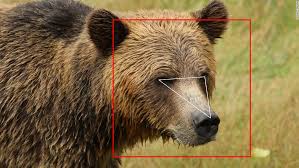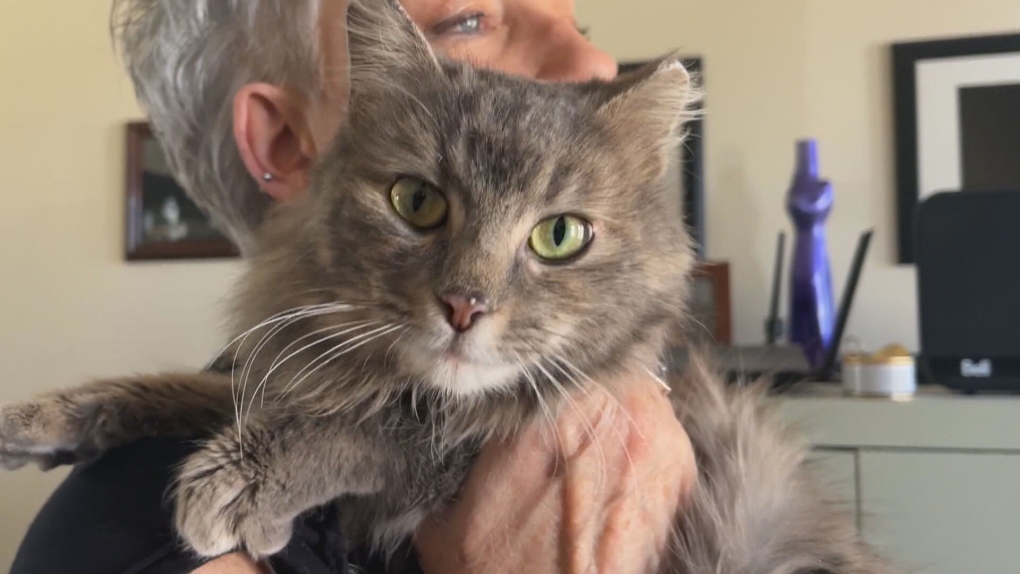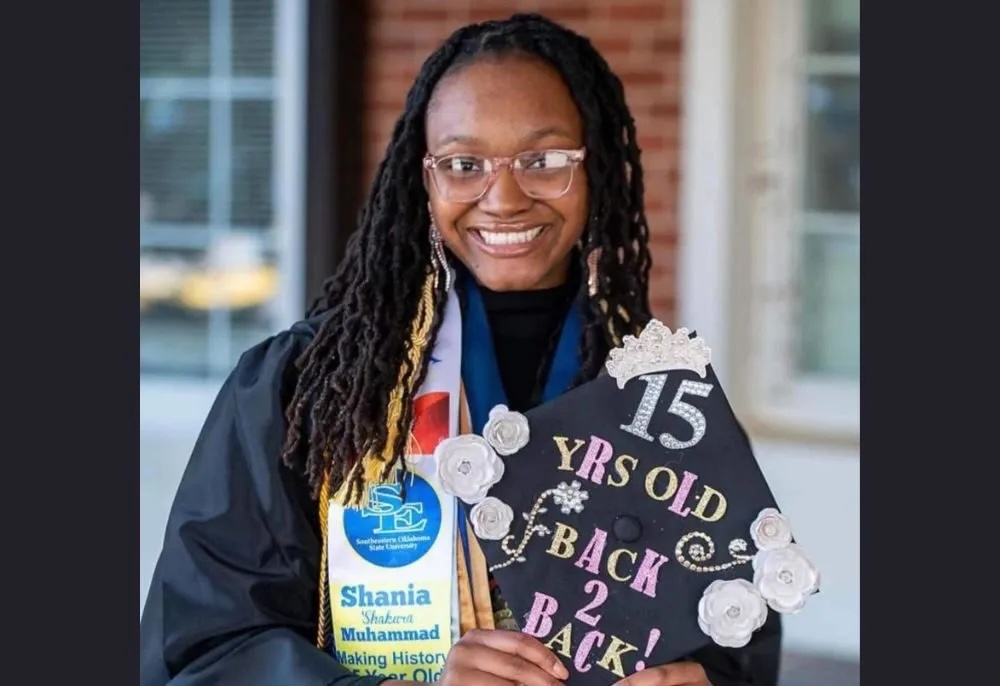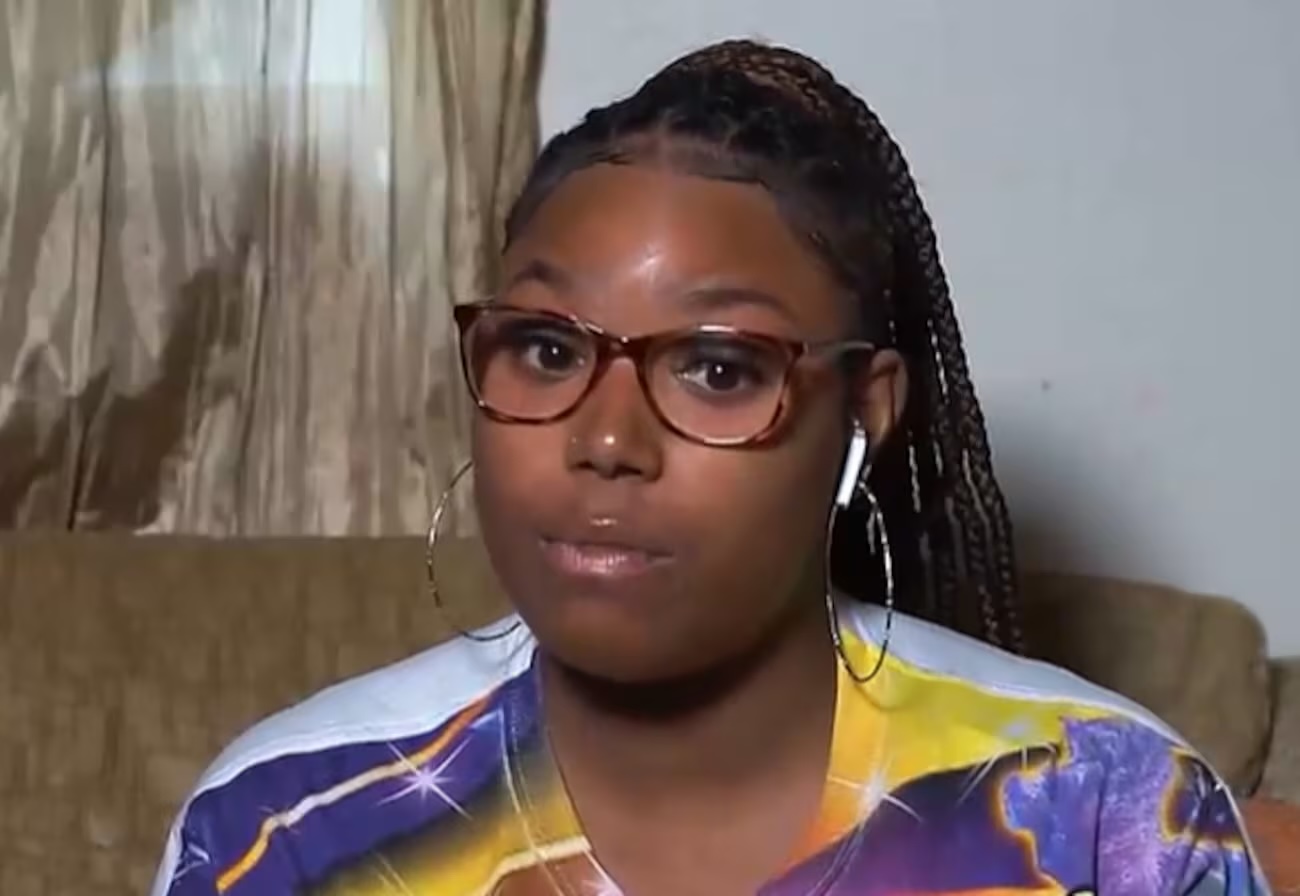
Amazing
AI-Based Facial Recognition Can Now Identify Bears
Artificial Intelligence (AI) and Machine Learning (ML) are advanced technologies and the future of the world. There are hundreds of AI and ML applications, and scientists have projected hundreds of thousands of AI-based products in the near future. Various industries are using AI to solve complex problems easily, efficiently, and quickly.
Scientists are using AI to protect the ecosystem and conserve wildlife. Canadian researchers have created an AI-based software that can monitor bears and identify them in the wild. Many researchers say that the world is undergoing severe climate change, and the crisis is turning into a complete disaster.
It has already affected thousands of species, and hundreds of them are on the verge of extinction. Many wildlife species, including Grizzly bears, have lost their habitats and food source. Grizzly bears need at least 40 Kg of food daily. However, the rapid deforestation and reduced population of salmon in streams, ponds, and rivers are causing problems for their existence.
BearID – A Great Tool for Researchers
AI-based facial recognition software has been hailed successful in identifying humans for some years. The technology is now used to identify bears. Melanie Clapham, a bear biologist and post-doc fellow at Victoria University, collaborated with the IT developers from the Silicon Valley has created BearID. It is a software application that recognizes grizzly bears.
The project run by Clapham and Silicon Valley tech workers can recognize 132 animals, including Grizzly Bears. Clapham said that scientists monitor wildlife species using RFIF tags or chips attached to their collars. However, this is short-lived and more expensive. At the same time, the RFID tags are invasive that can cause harm to the animals’ cells and tissues.
Monitoring Grizzly bears is very important because it helps researchers to extend their research on animals and help conserve them. The software can support researchers in dealing with several problems, including the eating behavior of bears. It can help them protect bears from attacking farm animals and eating from garbage cans.
Progress with the BearID
Clapham works with Mary Nguyen and Ed Miller, the tech workers from Silicon Valley in San Jose, California. The biologists said that the team has gathered approximately 5,000 photos of Grizzly bears in Alaska and Canada to create data sets and train the software to recognize their faces.
BearID has shown incredible results so far, and the team is looking forward to further train the software algorithms for more accurate results. Joe Hoagland, a cattle rancher in Kansas, is using the same technique for his cows. He has developed an application called “Cattle-Tracs.”
The application will allow anyone to take photos of a cow and store it an online database with the photo’s data and GPS coordinates. According to Hoagland, his AI-based app will be helpful in disease management.
Final Words
Artificial intelligence and machine learning algorithms allow computer systems to work with intelligent and intellectual human processes. However, these software apps and machines can work more efficiently than humans.
For instance, they can enter environments that require deep-sea diving or make certain processes safer. The BearID is an AI-based software designed to recognize Grizzly bears. The primary objective of the software is to conserve the nearly-extinct bears’ population.
Amazing
Missing Pregnant Cat Found at Ottawa Airport After 11 Days

A pregnant cat named Athena was found at the Ottawa International Airport, almost two weeks after she disappeared in the parking area. She had traveled from Winnipeg to Ottawa. The team from Furry Tales Cat Rescue discovered her around midnight on a Tuesday, and thankfully, she’s in good shape.
Volunteer Marta Burczycka from Furry Tales Cat Rescue expressed immense joy and gratitude for Athena’s safe return, highlighting her strong maternal instincts to protect her unborn kittens. The rescue operation caught attention after a helpful tip from Blake Fawcett, an employee working near the airport, who notified the rescue team.
Athena was initially sent to Ottawa on March 21 to get better veterinary care and a safe place to have her kittens. Unfortunately, she escaped when her carrier opened accidentally. For 11 days, volunteers and the rescue team worked tirelessly, setting traps and distributing flyers across the airport to find her before she gave birth.
The community effort was huge, with many airport employees and volunteers spreading the word and looking out for Athena. Janice Richard, one of the trappers, mentioned how they found Athena hungry but still pregnant, emphasizing the collective relief and happiness at her safe recovery.
The rescue story ended happily with Athena being taken care of and preparing to have her kittens in a safe and loving environment, thanks to the persistent efforts of the rescue team and the community’s support.
Amazing
America’s Youngest Teacher Started Her Career at 16

Shania Muhammad became a teacher at just 16 years old, after graduating from college at 15. She grew up in a home where learning was very important. She told “Good Morning America” about how her older brothers and sisters were big influences on her. They did well in school, which inspired her to do the same.
In seventh grade, her father noticed her advanced skills and started preparing her for college entrance exams. This led to her enrolling in college early and feeling like a superhero because she was so young. By 15, she was already finished with college and soon got a job offer to teach.
Muhammad waited until she was 16, so she could drive herself to work, and then started teaching 8-year-old students. These students see her as an adult and respect her, she says. In her classroom, she loves to keep the kids active with group work, presentations, and debates, creating a dynamic and engaging environment.
She encourages open communication in her class, telling her students they can talk about anything with her. Muhammad believes it’s important to have more confidence in success than in failure.
In her conversation with “Good Morning America,” Muhammad shared her view on facing the unknown with courage rather than fear. She encourages people to not hesitate and to create opportunities for themselves if they don’t already exist.
Amazing
Millions Tune In To See Conservation Group Save Seals

Ocean Conservation Namibia (OCN) is a group with a big heart and an important mission. Based in Namibia, a country with long, beautiful coastlines, OCN is dedicated to saving seals, especially the cute baby ones, from dangerous plastic and fishing lines.
Imagine you’re at the beach, and you see a group of seals playing and lounging around. Suddenly, you notice something’s wrong. One of the seals is stuck, tangled up in a mess of plastic or fishing line. It’s struggling and can’t get free. That’s where OCN comes in.
The team at OCN, led by Katja and Naude Dreyer, a married couple passionate about the ocean and its creatures, runs across the beach, right into the groups of seals. They’re on a mission to find any seal that’s trapped in harmful debris. Once they spot a tangled seal, they quickly and carefully cut off the entangling mess and set the seal free.
Since 2020, OCN has rescued about 3,000 seals! That’s a lot of happy, healthy seals swimming back in the ocean because of their efforts. Their rescue missions became super popular online during the pandemic. People all over the world watched their videos, feeling a bit better seeing the seals being saved during tough times.
OCN’s work is unique and impactful. Jeff Harris, a research ecologist, mentioned that the number of seals OCN saves is much higher than in other parts of the world. While he managed to free 100 sea lions in his best year, OCN often saves that many seals in just a month!
The Dreyers started OCN about twelve years ago. Initially, Naude would try to free the seals using a paddle or by grabbing them, but it was tough. Things got better when they received a special seal rescue net, making their missions easier and safer.
During the pandemic, when their kayaking business paused, they focused even more on rescuing seals. They also shared their work online, touching people’s hearts worldwide. Their video titled “Baby seal thanks his rescuers” got over a million views!
OCN not only raises awareness about the seals but also shows us the bigger problem – our oceans are filled with trash. They’ve shown that every little bit helps and that we can all do something to protect our marine life.
With donations from kind-hearted people, OCN has grown, now having a team of seven dedicated members. They’re doing more than just rescuing seals; they’re inspiring others to care about our oceans and the creatures that call them home. The Dreyers themselves have even changed their lifestyle, choosing not to eat fish and other animal products, to live in a way that respects the animals they work so hard to save.
So, Ocean Conservation Namibia is not just about saving seals; it’s about changing the way we see and treat our oceans, one rescue at a time.
Amazing
Hero Bus Driver Saves Students from Fiery Danger in New Orleans

In a heart-stopping incident in New Orleans, a school bus driver named Kia Rousseve became a local hero when she saved nine students from a burning bus. Her quick actions turned a potentially tragic situation into a story of courage and quick thinking.
It was a regular Wednesday morning, and Rousseve was on her usual route, about to make her fifth stop, when she noticed something alarming: smoke was coming from the bus. Without a moment’s hesitation, she knew she had to act fast. “As soon as I seen the bus smoking, my instinct was get them off of the bus,” Rousseve recounted.
A little girl on the bus ran up to her and confirmed her fears, saying the bus was on fire underneath. Rousseve didn’t waste a second. She stopped the bus and made sure all the students got off safely. “I turned the bus off and got off. When I got off, the bus blew up,” she said, describing the terrifying sounds of the explosions.
Rousseve’s primary thought during the ordeal was her child, which fueled her determination to ensure the safety of all the students on board. Her employer, Community Academies of New Orleans, praised her actions as “Courage on wheels.” Having driven school buses for three years, Rousseve demonstrated experience and bravery that day.
Feeling grateful and proud, Rousseve believes a faulty alternator was the cause of the fire. She’s relieved and happy that she could save the lives of the children, as well as her own. “I feel great about saving other kids’ lives and saving my life,” she expressed, adding that she felt divine protection was at play during the emergency.
Amazing
Mackenzie Scott’s Big Give: $640 Million to Nonprofits

Mackenzie Scott has made headlines again with her generous donations to nonprofit organizations. Initially, Scott promised to give $1 million each to 250 nonprofits, but she surprised everyone by more than doubling her donation! Now, she’s giving a whopping $640 million to 361 organizations.
So, who is Mackenzie Scott? She’s a billionaire philanthropist who likes to help out by giving her money to groups that do good things for communities. This time, her organization, Yield Giving, decided to help even more than planned because of the great work these nonprofits are doing.
Scott worked with an organization called Lever for Change to find these nonprofits. They had a big, open call where nonprofits could apply for the money, and the response was amazing. Lever for Change said they were so impressed by the work these groups are doing that they wanted to give money to more of them.
Here’s how it broke down: 279 top-rated nonprofits got $2 million each, while another 82 organizations received $1 million each. These groups do all sorts of important work, like helping people get back on their feet after being in jail, or creating theater programs with young people in Los Angeles.
What’s really cool is how they decided who got the money. It wasn’t just a few people making all the decisions. Instead, the nonprofits got to score each other, and then a panel of experts made the final picks. This way, lots of different voices helped choose the winners.
Scott and her team believe it’s important to shine a light on these organizations that are making big changes but might not always get noticed. They want to make sure these groups have what they need to keep doing their great work.
Mackenzie Scott said sharing information about these donations is important because it helps others see the good that comes from giving. She hopes that by talking about it, more people will be inspired to help out in their own ways.
-

 OMG6 years ago
OMG6 years agoA Couple Gave Birth to the Most Beautiful Twins Ever
-

 OMG6 years ago
OMG6 years ago20 Rare Historical Photos
-

 OMG6 years ago
OMG6 years agoHilarious Airport Photos
-

 Cute6 years ago
Cute6 years agoMom Refuses to Let Daughter Eat Sugar and Years Later This is What She Grows Into
-

 OMG5 years ago
OMG5 years agoTop Secret Air Force One Facts That You Never Knew
-
OMG5 years ago
The Funniest Yearbook Photos Of All Time
-

 OMG6 years ago
OMG6 years agoRetired Mathematician Restores Log Cabin
-

 OMG4 years ago
OMG4 years agoWhat Happened When This ‘Duck Dynasty’ Legend Chopped Off His Beard?